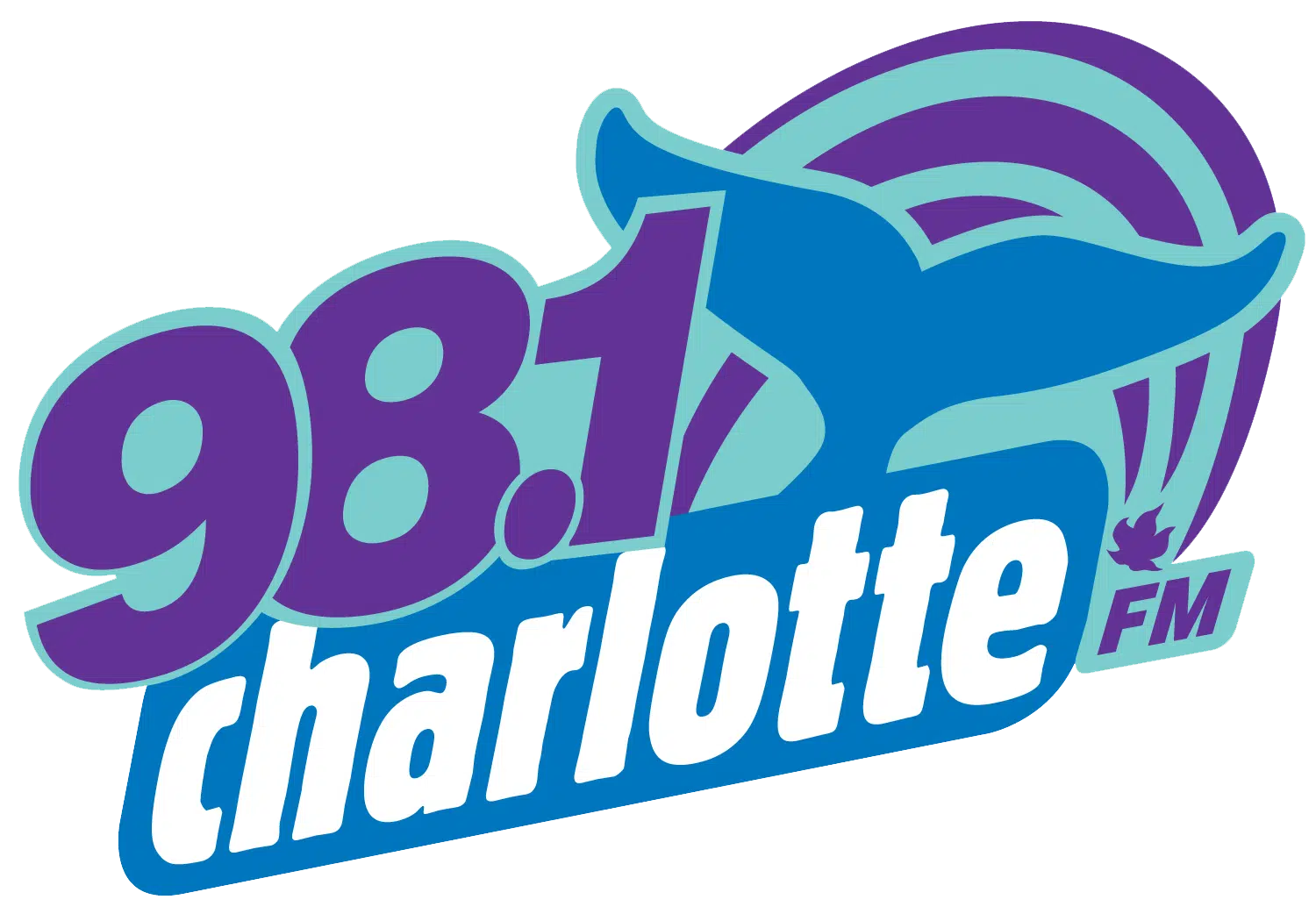New Brunswick continues to see strong tax base growth, according to the province.
The overall assessment base is up 8.8 per cent over last year to more than $94 billion.
That was down from the 10.6 per cent increase the province recorded the previous year.
Officials said it was due to a strong real estate market and new construction provincewide.
The tax assessment base includes the assessed value of homes and other properties within a local government or rural district.
Dieppe, Fundy Albert and Shediac saw some of the largest increases at more than 12 per cent.
The rural community of Nashwaak recorded the highest increase in the province at 13.8 per cent.
Meanwhile, the northwestern community of Saint-Quentin had the lowest growth rate at 1.8 per cent.
Moncton had the highest assessment base growth among the province’s three largest cities. Its assessment base grew by $1.1 billion, or 9.7 per cent.
Fredericton came in second with seven per cent growth, or $717 million. Saint John followed at 6.5 per cent, or nearly $526 million.
If local governments keep their tax rates unchanged, they will bring in an extra $95 million in revenue. Municipalities will decide on their individual tax rates over the coming weeks.
Here is a look at some of the other assessment base increases across southern New Brunswick.
- Arcadia: 9.6% ($45.3 million); compared to 7.4% ($32.4 million) last year
- Beausoleil: 10.9% ($125.1 million); compared to 14.3% ($142.8 million) last year
- Butternut Valley: 6.6% ($32.1 million); compared to 8.0% ($36 million) last year
- Campobello Island: 9.2% ($10.5 million); compared to 8.4% ($8.9 million) last year
- Cap-Acadie: 11.9% ($147.3 million); compared to 12.7% ($140.1 million) last year
- Champdoré: 10.7% ($46.9 million); compared to 14.1% ($53.7 million) last year
- Eastern Charlotte: 8.9% ($59.9 million); compared to 9.8% ($59.9 million) last year
- Five Rivers: 13% ($56.2 million); compared to 14.9% ($55.9 million) last year
- Fundy Albert: 12.6% ($72.6 million); compared to 12.6% ($64.5 million) last year
- Fundy Shores: 4% ($20.6 million); compared to 4.3% ($21.2 million) last year
- Fundy-St. Martins: 9.8% ($40.7 million); compared to 11.5% ($42.9 million) last year
- Grand Bay-Westfield: 10.6% ($63.5 million); compared to 11.4% ($61.6 million) last year
- Grand Lake: 8.8% ($38.8 million); compared to 10.7% ($42.4 million) last year
- Grand Manan: 7.9% ($20.3 million); compared to 10.5% ($24.7 million) last year
- Grand-Bouctouche: 9.9% ($59.4 million); compared to 12.3% ($65.3 million) last year
- Hampton: 10.6% ($105.2 million); compared to 12.4% ($109.2 million) last year
- Maple Hills: 11.4% ($117.2 million); compared to 13.5% ($121.8 million) last year
- McAdam: 6.9% ($4.1 million); compared to 9.1% ($4.9 million) last year
- Memramcook: 11.5% ($53.5 million); compared to 13.5% ($55.5 million) last year
- Quispamsis: 10.1% ($250.1 million); compared to 12% ($266.2 million) last year
- Rothesay: 8% ($144.8 million); compared to 10.8% ($175.6 million) last year
- Saint Andrews: 9.9% ($62.1 million); compared to 10.3% ($58.4 million) last year
- Salisbury: 10.9% ($84.3 million); compared to 12.4% ($85.8 million) last year
- St. Stephen: 8.9% ($62.5 million); compared to 8.3% ($53.5 million) last year
- Strait Shores: 7.4% ($20.2 million); compared to 13% ($31.4 million) last year
- Sussex: 10.8% ($68.7 million); compared to 11.7% ($67.1 million) last year
- Tantramar: 8.1% ($84.6 million); compared to 9.2% ($87.9 million) last year
- Three Rivers: 10.2% ($35.7 million); compared to 11.6% ($36.6 million) last year
- Valley Waters: 10.4% ($50.5 million); compared to 9.3% ($41.2 million) last year
Meanwhile, local governments, rural districts and regional service commissions will receive a total of $75.6 million in community funding from the province.
Saint John will receive the highest amount at just over $12.8 million. That is followed by Miramichi at more than $5.8 million and Edmundston at more than $5.6 million.
You can find a full breakdown for each New Brunswick community, including how much they will receive in provincial grants, on the GNB website.
Property assessment notices are now being mailed in January instead of October. Tax bills will continue to be mailed on March 1.





